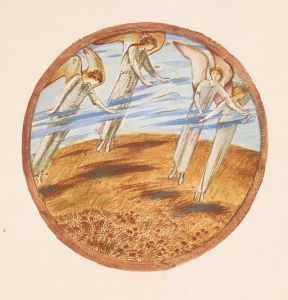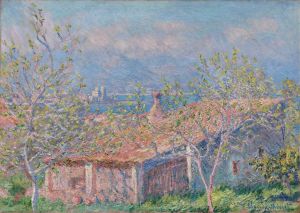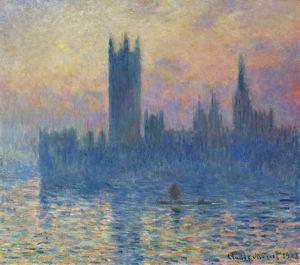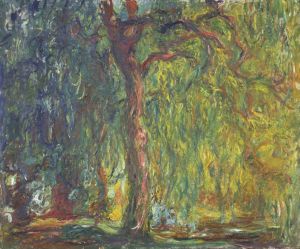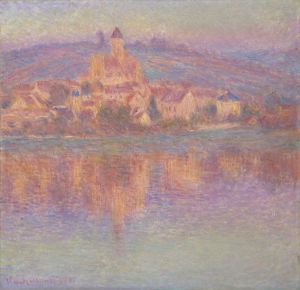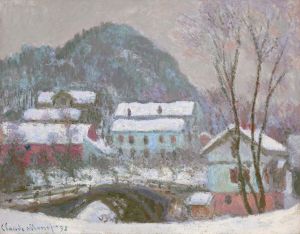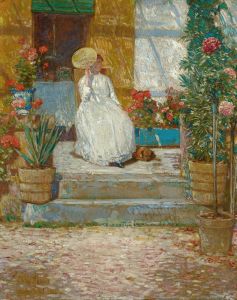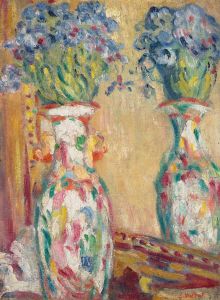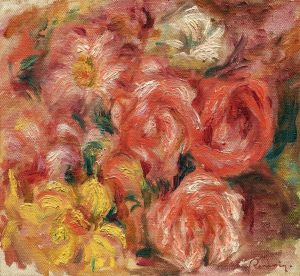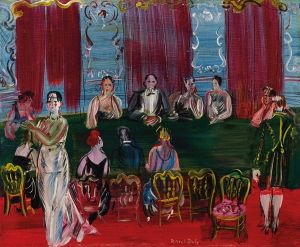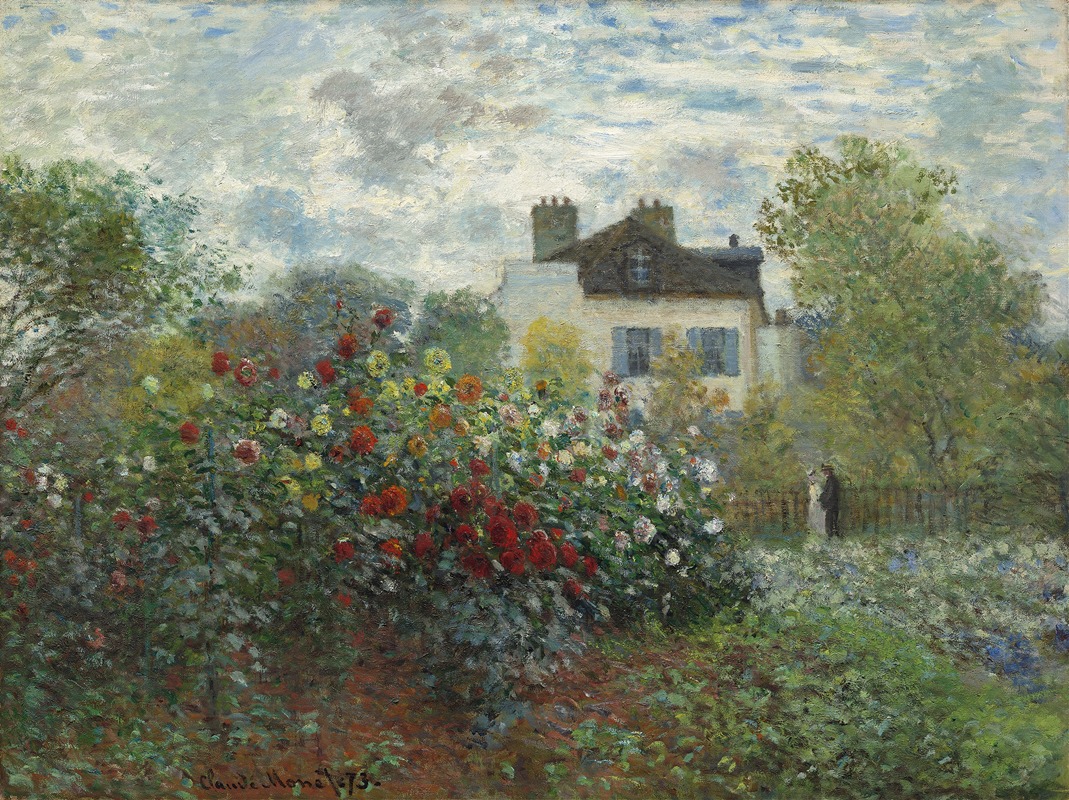
The Artist’s Garden in Argenteuil
A hand-painted replica of Claude Monet’s masterpiece The Artist’s Garden in Argenteuil, meticulously crafted by professional artists to capture the true essence of the original. Each piece is created with museum-quality canvas and rare mineral pigments, carefully painted by experienced artists with delicate brushstrokes and rich, layered colors to perfectly recreate the texture of the original artwork. Unlike machine-printed reproductions, this hand-painted version brings the painting to life, infused with the artist’s emotions and skill in every stroke. Whether for personal collection or home decoration, it instantly elevates the artistic atmosphere of any space.
Claude Monet's "The Artist’s Garden in Argenteuil" is a celebrated work of art that exemplifies the Impressionist movement, which Monet helped to pioneer. Painted in 1873, this piece captures the lush, vibrant garden at Monet's home in Argenteuil, a suburban town near Paris where he lived from 1871 to 1878. This period was crucial for Monet as it marked a time of prolific output and the development of his distinctive style.
The painting depicts a sunlit garden filled with a profusion of flowers, including dahlias, which were a favorite of Monet. The composition is characterized by its vivid colors and loose brushwork, hallmarks of the Impressionist style. Monet's use of light and shadow is particularly notable, as he captures the way sunlight filters through the foliage, creating dappled patterns on the ground. This technique reflects Monet's interest in the transient effects of light and atmosphere, a central theme in his work.
Monet's garden in Argenteuil was not only a source of inspiration but also a subject that allowed him to experiment with color and form. The garden served as a private sanctuary where he could explore the interplay of natural elements. In "The Artist’s Garden in Argenteuil," Monet employs a palette of greens, yellows, reds, and blues, creating a vibrant tapestry that conveys the lushness and vitality of the garden. The brushstrokes are fluid and dynamic, suggesting movement and the ever-changing nature of the garden.
The painting is also significant for its composition. Monet employs a perspective that draws the viewer's eye into the scene, inviting them to wander through the garden. The path leading through the flowers creates a sense of depth and guides the viewer's gaze, while the arrangement of plants and flowers provides a sense of order amidst the apparent chaos of nature. This balance between structure and spontaneity is a key feature of Monet's work during this period.
"The Artist’s Garden in Argenteuil" reflects Monet's deep appreciation for nature and his desire to capture its beauty on canvas. It is a testament to his skill as a painter and his ability to convey the essence of a scene through color and light. The painting is housed in the Musée d'Orsay in Paris, where it continues to be admired by art enthusiasts and scholars alike.
Monet's time in Argenteuil was marked by significant artistic growth and collaboration with other Impressionist painters, including Pierre-Auguste Renoir, Édouard Manet, and Alfred Sisley. This period was instrumental in the development of Impressionism as a movement, as these artists sought to break away from traditional academic painting and explore new ways of seeing and representing the world.
In summary, "The Artist’s Garden in Argenteuil" is a quintessential example of Monet's Impressionist style, showcasing his mastery of color, light, and composition. It captures the beauty and tranquility of his garden, offering a glimpse into the artist's world and his innovative approach to painting.





